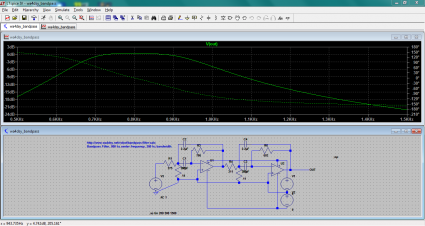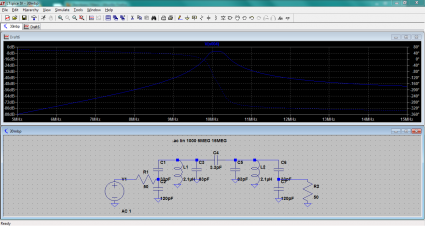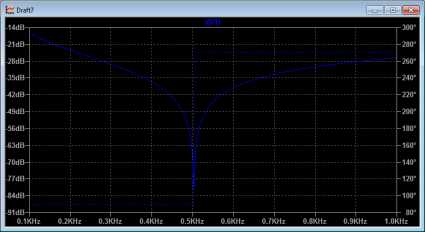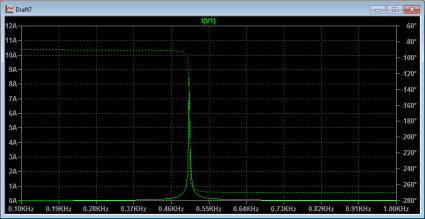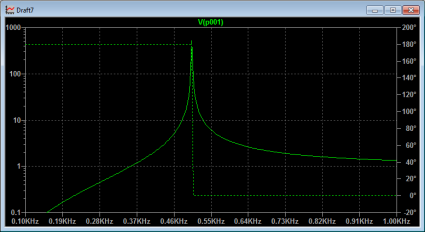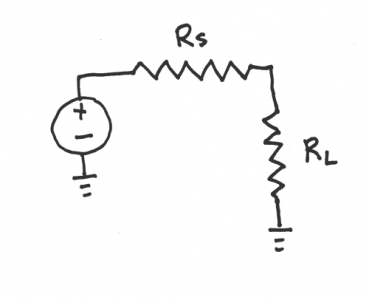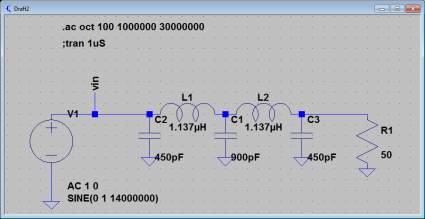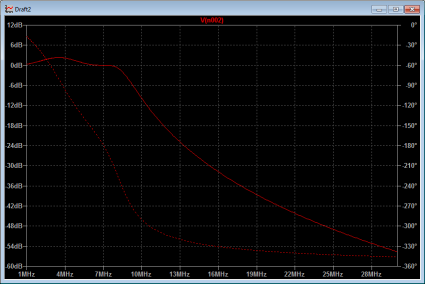I love old books, even on technical subjects like radio. Often, by looking at the books of the past, we find them more accessible (because there was less knowledge, they assume less as a precursor) and also possess considerable historical interest.
Letters of a Radio-Engineer to His Son is a nice little book by John Mills Sr. to his son back in 1922, which begins simply with:
My Dear Son:
You are interested in radio-telephony and want me to explain it to you. I’ll do so in the shortest and easiest way which I can devise. The explanation will be the simplest which I can give and still make it possible for you to build and operate your own set and to understand the operation of the large commercial sets to which you will listen.
I’ll write you a series of letters which will contain only what is important in the radio of to-day and those ideas which seem necessary if you are to follow the rapid advances which radio is making. Some of the letters you will find to require a second reading and study. In the case of a few you might postpone a second reading until you have finished those which interest you most. I’ll mark the letters to omit in this way.
All the letters will be written just as I would talk to you, for I shall draw little sketches as I go along. One of them will tell you how to experiment for yourself. This will be the most interesting of all. You can find plenty of books to tell you how radio sets operate and what to do, but very few except some for advanced students tell you how to experiment for yourself. Not to waste time in your own 4experiments, however, you will need to be quite familiar with the ideas of the other letters.
It’s a delightful little book, which talks about electrons, and waves, capacitance and inductance, audion tubes and continuous waves. It’s not mathematical, but neither is it just handwaving. It strikes a nice balance, and should be accessible to anyone with basic science knowledge. Check it out.
The Project Gutenberg eBook of Letters of a Radio-Engineer to His Son, by John Mills.

